Do Solar Lights Bug Pets or Attract Insects? Tips to Fix It
You’ve probably wondered if those sleek solar lights in your yard are secretly throwing a party for every moth and mosquito in the neighborhood. Or maybe you’ve noticed your dog eyeballing that glowing stake like it’s an alien invader. It’s a real concern—nobody wants a backyard buzzing with bugs or a pet spooked by flickering lights. Solar lights are awesome for eco-friendly illumination, but do they come with unintended guests or pet problems? Spoiler: they don’t have to. With the right choices, you can keep your garden glowing without turning it into a bug buffet or stressing out your furry friends. Let’s break down the science and practical fixes to keep your solar lights friendly for everyone.
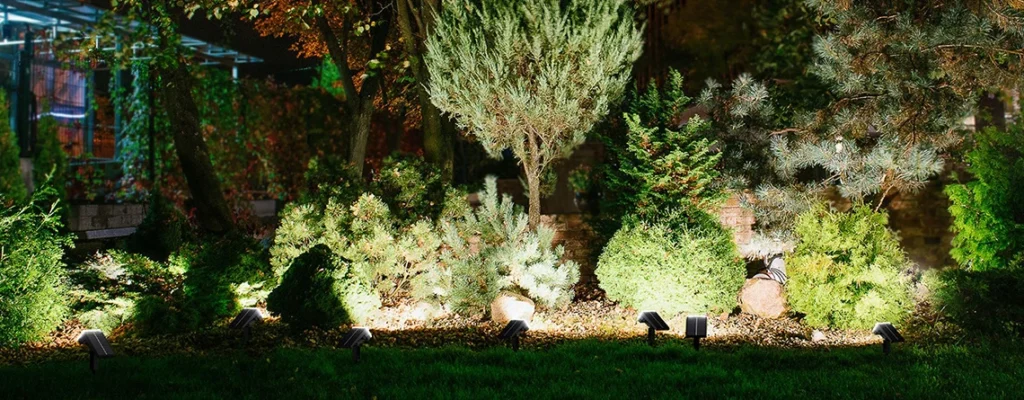
Bug Magnets? How LED Light Spectra Play a Role
Solar lights mostly use LED bulbs, which is great news for keeping bugs at bay. Unlike old-school incandescent bulbs that blast out a broad spectrum of light, LEDs are pickier about the wavelengths they emit. Bugs like moths and mosquitoes are drawn to ultraviolet (UV) and blue light, which traditional bulbs pump out in spades. Most solar lights, though, lean toward warmer or neutral tones—think 2700K to 4000K—that are less likely to scream “bug rave” to flying pests.
Here’s what’s going on:
- UV Attraction: Bugs go nuts for UV light, which LEDs in solar lights rarely emit.
- Blue Light Lure: Cooler, bluish LEDs (5000K+) can pull in some insects, but warm-toned LEDs dodge this.
- Nighttime Behavior: Many bugs are less active in cooler seasons, so solar lights in fall or winter attract fewer pests.
I noticed this with my Bitpott pathway lights. The warm-white glow keeps my patio cozy without moths dive-bombing my dinner. If bugs are a worry, picking the right light spectrum is your first line of defense.
Low Blue Light and Smart Sensors: Bug-Proofing Your Lights
Beyond the light’s color, design features in modern solar lights can cut down on bug attraction even more. Many models, like Bitpott’s, use light sensors or motion detectors to only shine when needed, which means less time broadcasting an insect beacon. Plus, some solar lights are built with low blue light output, sticking to warmer tones that bugs mostly ignore. This isn’t just guesswork—studies show that LEDs with reduced blue wavelengths can drop insect attraction by up to 80% compared to traditional bulbs.
To minimize bugs, look for these features:
- Warm Color Temps: Aim for 2700K-3000K for a glow that’s less appealing to insects.
- Light Sensors: Auto-on at dusk and off at dawn cuts unnecessary light exposure.
- Motion Detectors: Lights that only trigger for movement reduce constant bug-drawing glow.
Last summer, I swapped out some cool-white solar lights for warm-toned ones with motion sensors. The mosquito swarm around my deck dropped noticeably, and I got to enjoy my evenings without slapping my arms raw. Smart design makes a big difference.
Pets and Lights: Are Cats and Dogs Bothered?
If you’ve got a curious cat or a jumpy dog, you might worry that solar lights—especially ones with motion sensors—could freak them out. Pets can be sensitive to sudden changes, like a light flicking on when they wander by. Cats, with their night-vision eyes, might get startled by a bright flash, while dogs might bark at a spotlight that seems to follow them. But in my experience, most pets get used to solar lights pretty fast, especially if the setup is thoughtful.
What to watch for with pets:
- Motion Sensor Sensitivity: Some lights trigger too easily, startling pets with sudden bursts.
- Brightness Levels: Super-bright LEDs can be jarring for animals with sensitive eyes.
- Placement: Lights at ground level might catch a pet’s attention more than elevated ones.
My golden retriever used to pause and stare at a motion-triggered solar light by the gate, but after a week, he ignored it like it was part of the furniture. If your pet seems rattled, tweaking the setup can help them chill.
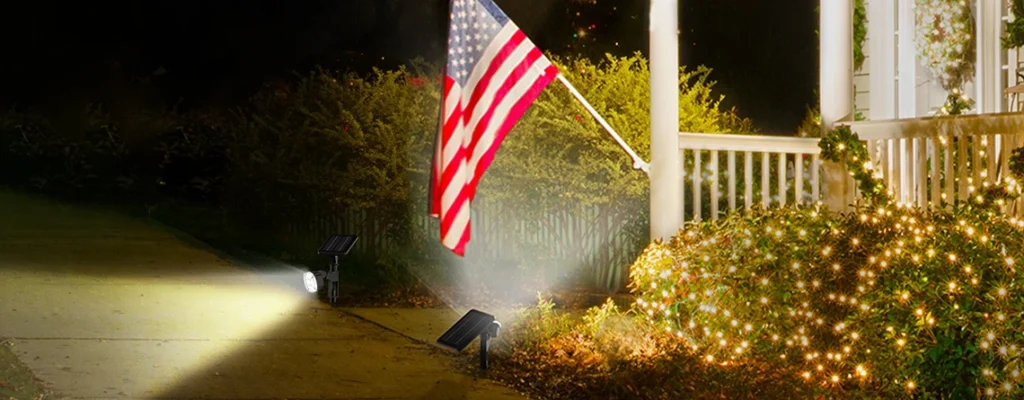
Choosing Pet- and Eco-Friendly Solar Lights
You don’t have to choose between a well-lit yard and a bug-free, pet-happy space. The key is picking solar lights designed with the environment and animals in mind. Brands like Bitpott offer models that balance brightness with features that keep nature and pets in check. It’s about more than just the light—it’s where you put it and how it behaves.
Here’s a quick guide to choosing wisely:
- Go Warm, Not Cool: Pick solar lights with 2700K-3000K warm white LEDs to deter bugs.
- Use Smart Sensors: Motion or light sensors save energy and reduce bug attraction by limiting “on” time.
- Adjust Placement: Mount lights higher or angle them away from pet paths to avoid startling cats or dogs.
- Check Brightness: Opt for adjustable settings to dial down intensity for pet comfort.
- Eco Bonus: Choose lights with recyclable materials to keep your green cred intact.
I’ve got a mix of stake and wall-mounted solar lights, and placing the motion ones higher up keeps my cat from pouncing on them. It’s a small tweak, but it keeps the peace in my backyard.
Real-World Fixes: Stories from Bug-Free, Pet-Calm Yards
Don’t just take my word for it—users in buggy and pet-filled homes have figured this out. A Reddit user in Florida, mosquito central, switched to warm-white Bitpott solar lights with dusk-to-dawn sensors. They reported fewer bugs crashing their barbecues, and their dog stopped chasing the lights after a few days. In a suburban backyard in Oregon, another user rigged their solar lights on a fence to avoid ground-level triggers, keeping their skittish cat calm while still lighting the path.
These tips work in practice:
- Bug Reduction: Warm LEDs and sensors cut insect visitors significantly.
- Pet Adjustment: Most animals adapt to lights within a week if placed thoughtfully.
- Eco Wins: Smart designs save power and reduce light pollution, helping local wildlife.
I tried elevating my motion lights after my neighbor mentioned her cat was spooked. Worked like a charm—less bug action and a happier feline prowling the yard.
Lighting Without the Drama: The Final Take
Solar lights don’t have to turn your yard into a bug magnet or a pet panic zone. By choosing warm-toned LEDs, smart sensors, and strategic placement, you can keep insects at bay and your pets relaxed. Look for features like 2700K light, motion detectors, and adjustable brightness to make your solar lights work for your space, not against it. It’s not just about illumination—it’s about creating a backyard that feels good for everyone, from you to your dog to the fireflies. Pick the right solar lights, set them up smart, and you’ll have a glowing, peaceful yard without the buzz or barks.

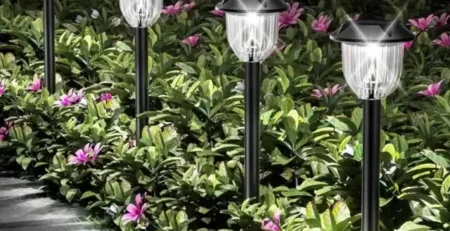
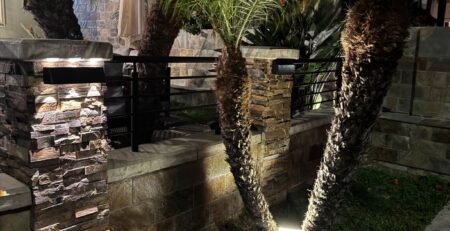
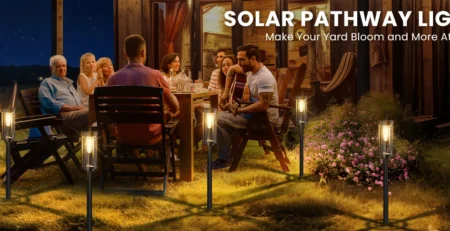
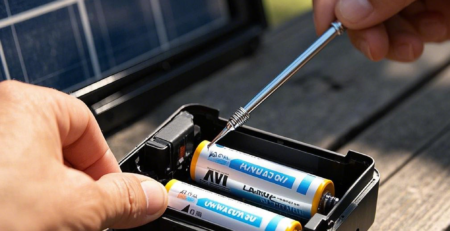
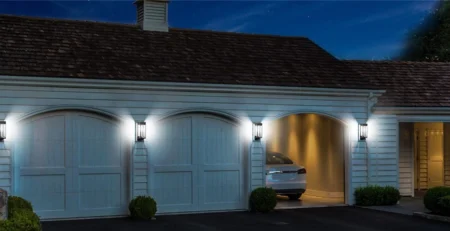
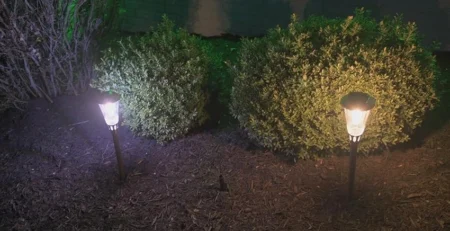
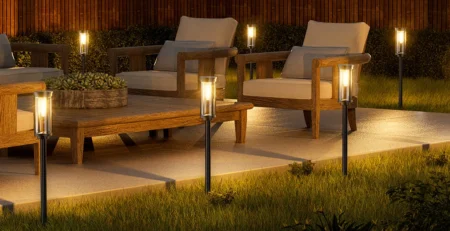
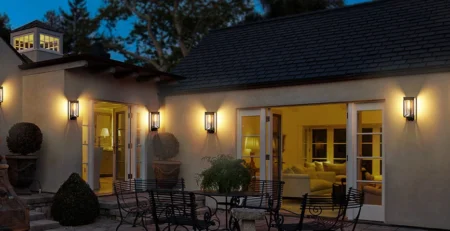
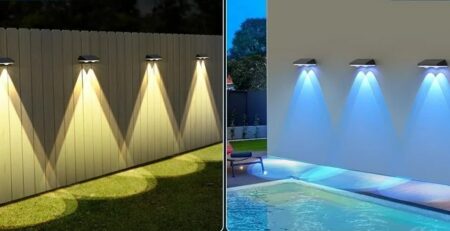
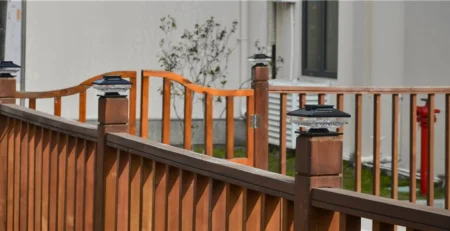
Leave a Reply